In the world of automotive maintenance, few sins are as egregious as neglecting to change a car’s oil. A recent video from the “I Do Cars” YouTube channel provides a stark visual reminder of this fundamental truth. Host Eric takes viewers on a deep dive into the autopsy of a 2019 Ford Ranger’s 2.3-liter EcoBoost engine – a powerplant that met an untimely demise after a mere 104,000 miles. The culprit? A staggering 50,000 miles without an oil change.
This blog post will explore the grim discoveries made during the teardown of this neglected engine, serving as a cautionary tale for vehicle owners everywhere. From sludge-caked components to disintegrated bearings, we’ll witness firsthand the devastating effects of treating oil changes as optional maintenance. Join us as we peel back the layers of mechanical neglect and underscore the vital importance of regular oil changes in preserving your vehicle’s lifeblood – and its very life.
The Silent Killer: Understanding Engine Sludge and Its Consequences

Engine sludge, a tar-like substance formed from degraded oil and contaminants, is a silent menace lurking within neglected engines. This insidious buildup coats vital components, impeding proper lubrication and heat dissipation. As demonstrated in the Ford Ranger case, sludge can accumulate in various areas, from intake ports to timing chain guides.
The consequences of sludge buildup are severe and often irreversible. It restricts oil flow, leading to increased friction and wear on critical parts. Over time, this can result in catastrophic engine failure, as seen in the prematurely deceased Ford Ranger engine. Regular oil changes are the primary defense against this silent killer, preserving engine health and longevity.
From Power to Failure: The Tragic Tale of a Neglected Ford Ranger Engine
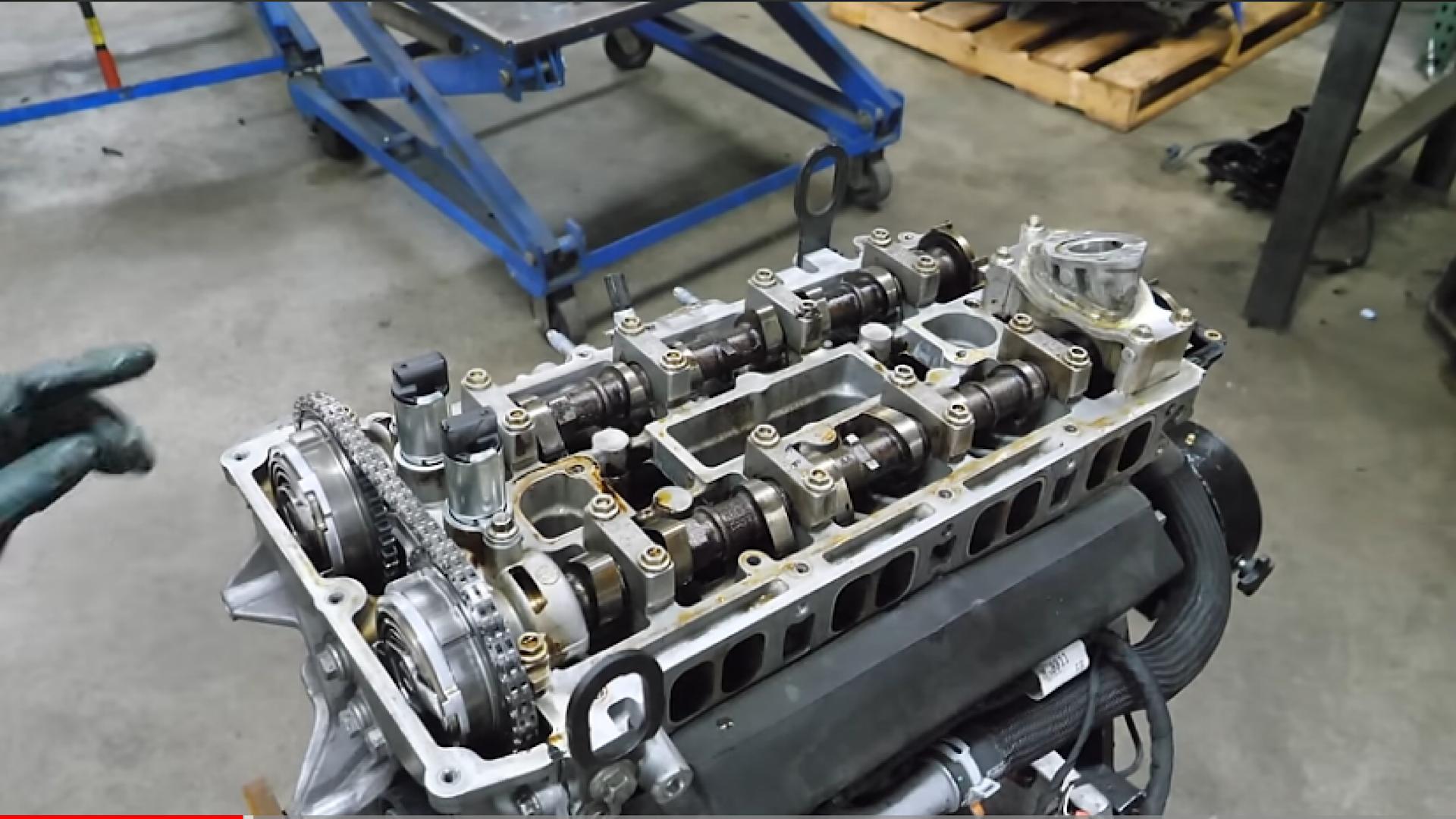
The 2019 Ford Ranger’s 2.3-liter EcoBoost engine, once a powerhouse producing 270 hp and 310 lb-ft of torque, met an untimely demise at just 104,000 miles. This tragic tale of neglect serves as a stark reminder of the importance of regular maintenance. The engine’s potential for a long, productive life was cut short by a simple yet critical oversight: failure to change the oil.
Eric’s teardown revealed the extent of the damage: sludge-coated components, varnish-filled crevices, and even a disintegrated rod bearing. These findings paint a grim picture of how quickly neglect can transform a robust engine into a non-functional mess. The Ranger’s story underscores the vital role of routine oil changes in preserving an engine’s power and longevity.
Decoding the Signs: How to Spot a Severely Neglected Engine
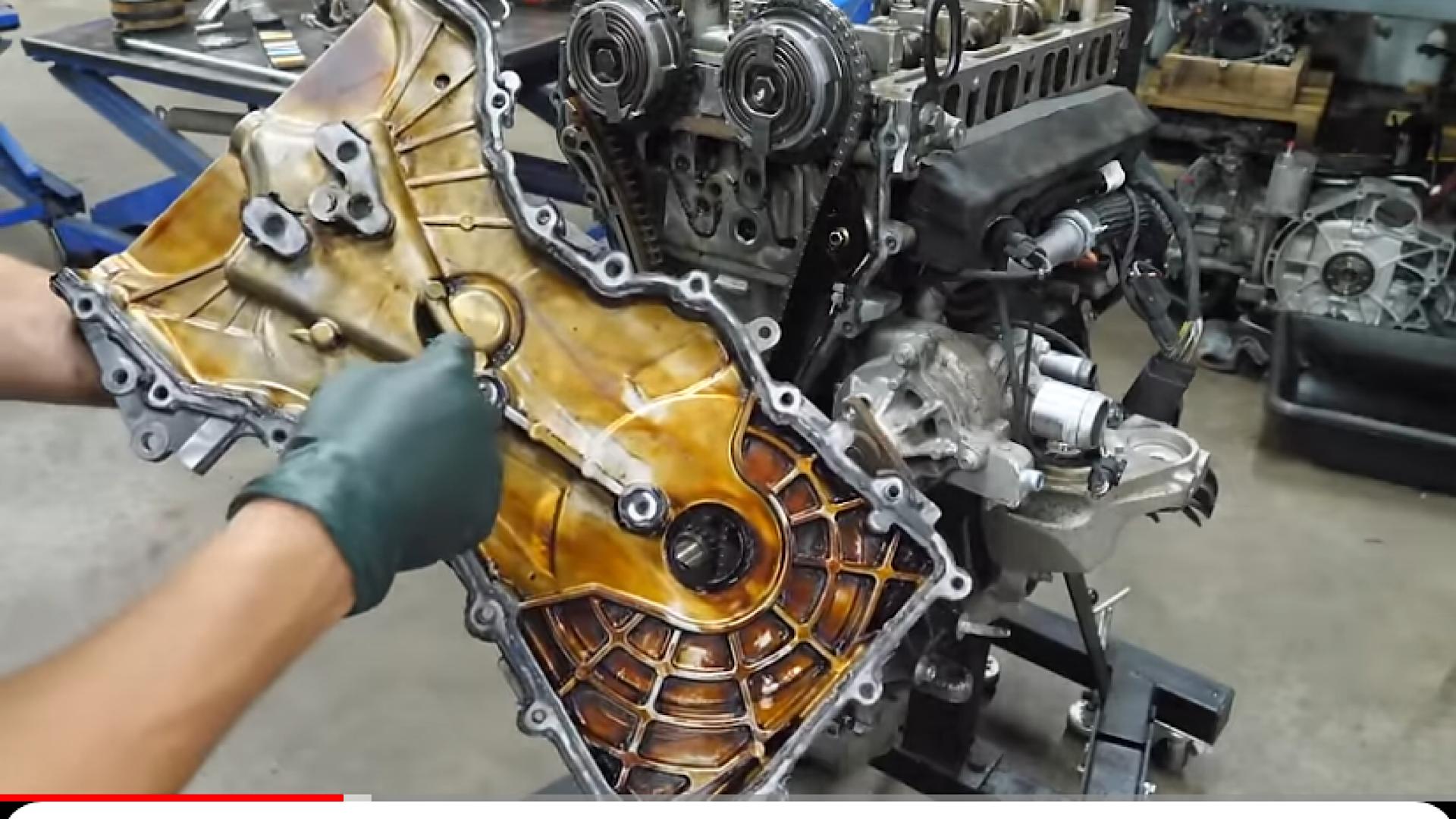
Identifying a severely neglected engine often requires looking beyond surface-level symptoms. In the case of the Ford Ranger, the first red flag was unusual noises – “something loose” rattling inside the engine. This auditory clue hinted at internal damage caused by prolonged neglect. Visual inspections revealed more telltale signs: disgustingly dirty intake ports and extensive sludge deposits under the valve cover.
As the teardown progressed, further evidence of neglect emerged. The timing cover’s crevices were filled with oil debris and varnish, while the timing chain guide rails were coated in sludge. These visual indicators serve as a roadmap for diagnosing neglect-induced engine issues. By recognizing these signs early, car owners and mechanics can potentially intervene before catastrophic failure occurs.
The False Economy of Skipping Oil Changes: A Costly Lesson
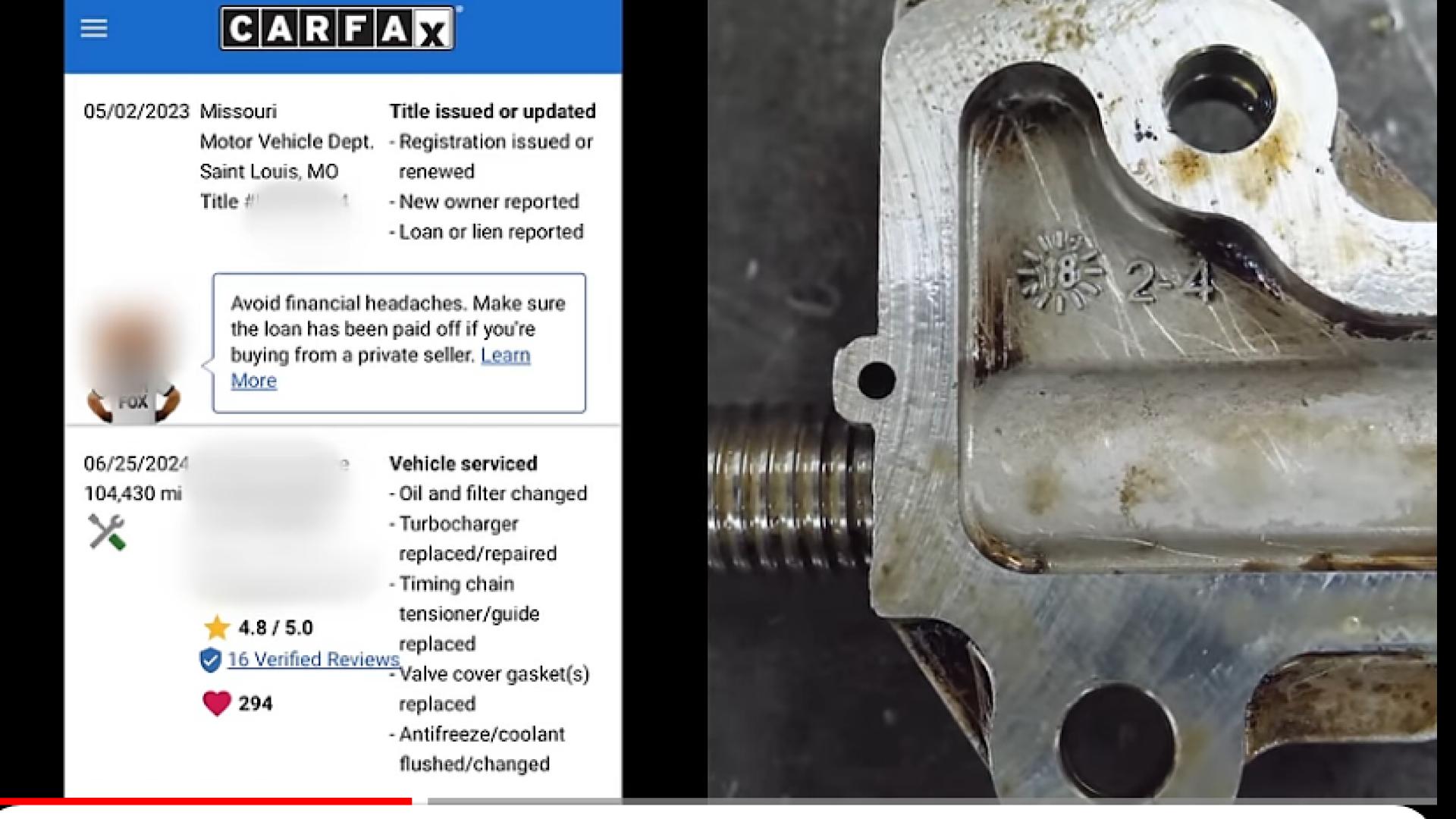
The temptation to extend oil change intervals or skip them altogether often stems from a misguided attempt to save money. However, as the Ford Ranger case starkly illustrates, this perceived economy is dangerously false. The cost of regular oil changes pales in comparison to the expense of major engine repairs or replacement necessitated by neglect.
The Ranger’s engine, which should have had years of life ahead, instead required premature replacement due to oil-change neglect. This outcome represents a significant financial loss, far exceeding the cost of routine maintenance. Moreover, such neglect can void warranties, potentially leaving owners fully responsible for costly repairs. The lesson is clear: regular oil changes are an investment in your vehicle’s longevity and your financial well-being.
Inside the Autopsy: A Step-by-Step Look at a Neglected Engine Teardown
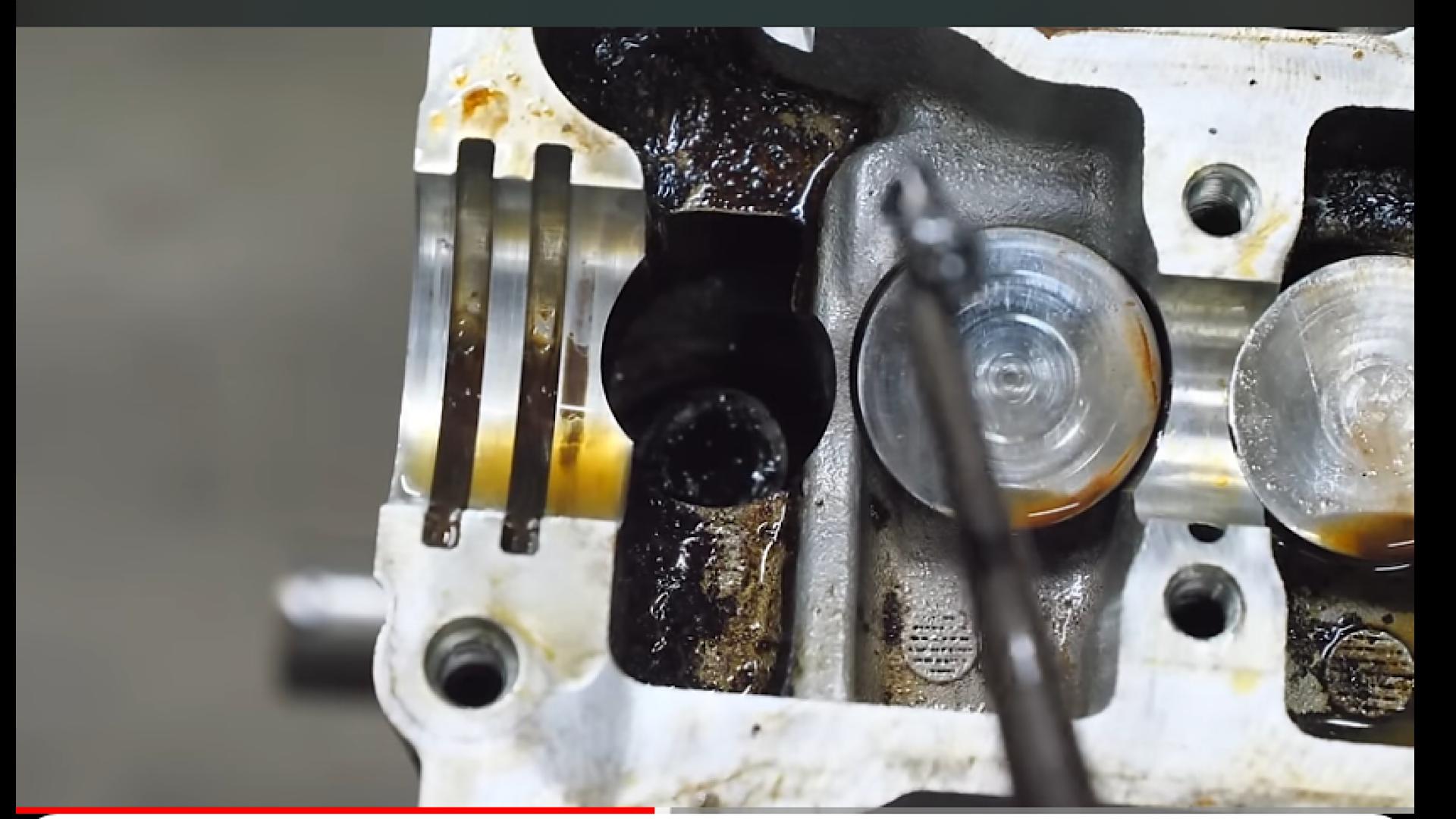
Eric’s methodical teardown of the Ford Ranger engine provides a fascinating glimpse into the consequences of neglect. The process began with an attempt to turn over the engine, revealing ominous rattling sounds. As layers were peeled away, each component told a story of prolonged abuse: intake ports caked with grime, valve covers hiding varnish and sludge deposits, and timing covers concealing oil debris in every crevice.
The oil pan, often the final frontier in such autopsies, held its own grim secrets. Amid the expected sludge, Eric discovered remnants of a disintegrated rod bearing – a clear sign of catastrophic failure. Interestingly, signs of a recent, aggressive cleaning attempt were also evident, highlighting the dangers of last-minute remediation efforts. This step-by-step revelation serves as a powerful visual lesson in the importance of regular maintenance.
The Importance of Maintenance Records: What Your Car’s History Reveals
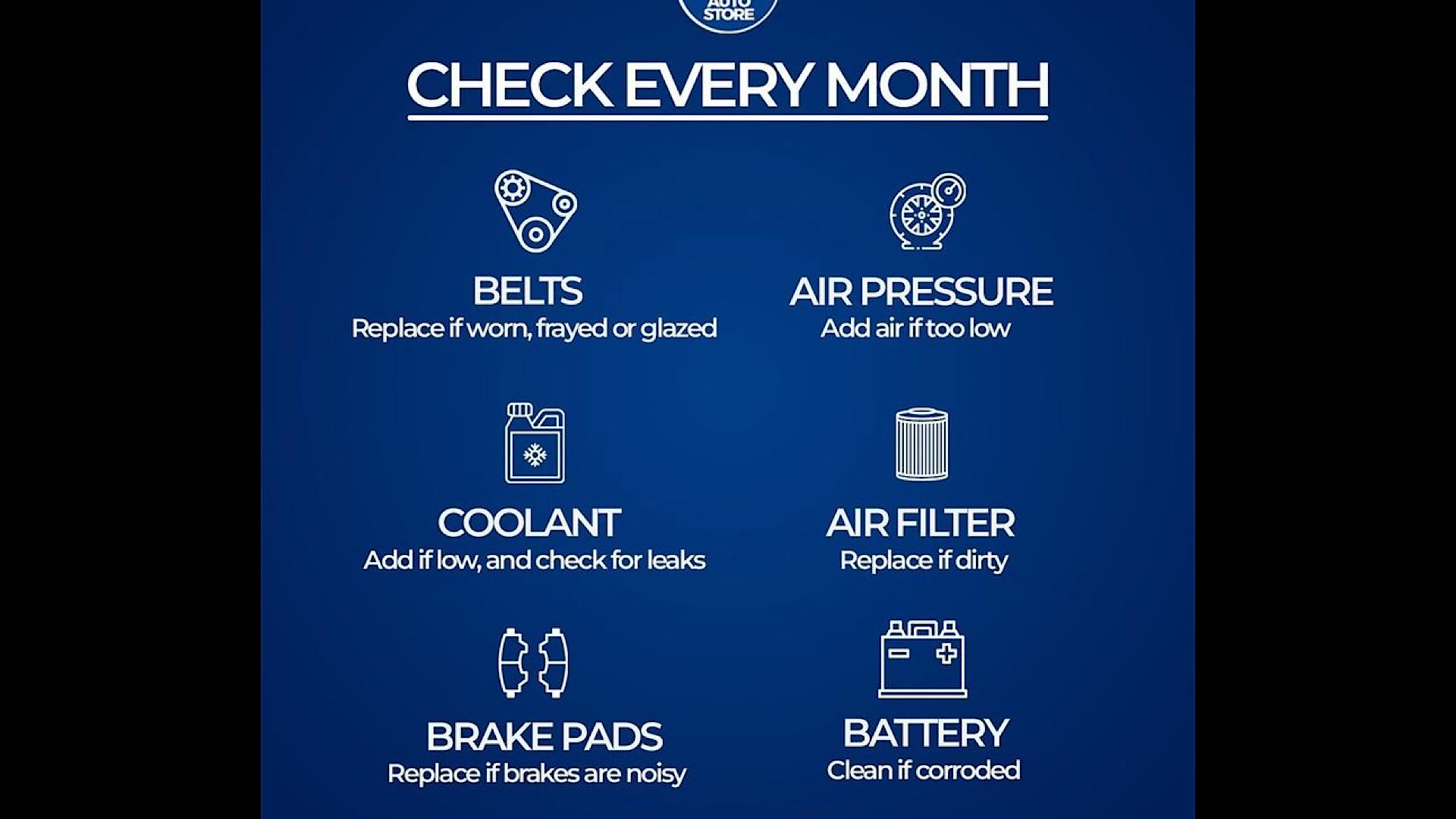
A vehicle’s maintenance history is a treasure trove of information, offering insights into its past care and potential future issues. In the case of the ill-fated Ford Ranger, the Carfax report told a revealing story. Initially, the vehicle received regular oil changes every few thousand miles, indicating responsible ownership. However, after the 52,000-mile mark, the record went silent on oil changes, foreshadowing the engine’s demise.
This abrupt change in maintenance patterns serves as a crucial warning sign for potential buyers and current owners alike. Regular, documented maintenance suggests a well-cared-for vehicle, while gaps or inconsistencies can indicate neglect. By scrutinizing these records, one can piece together a vehicle’s life story and make informed decisions about purchases or necessary interventions.
Oil Change Intervals: Why Following Manufacturer Recommendations Matters
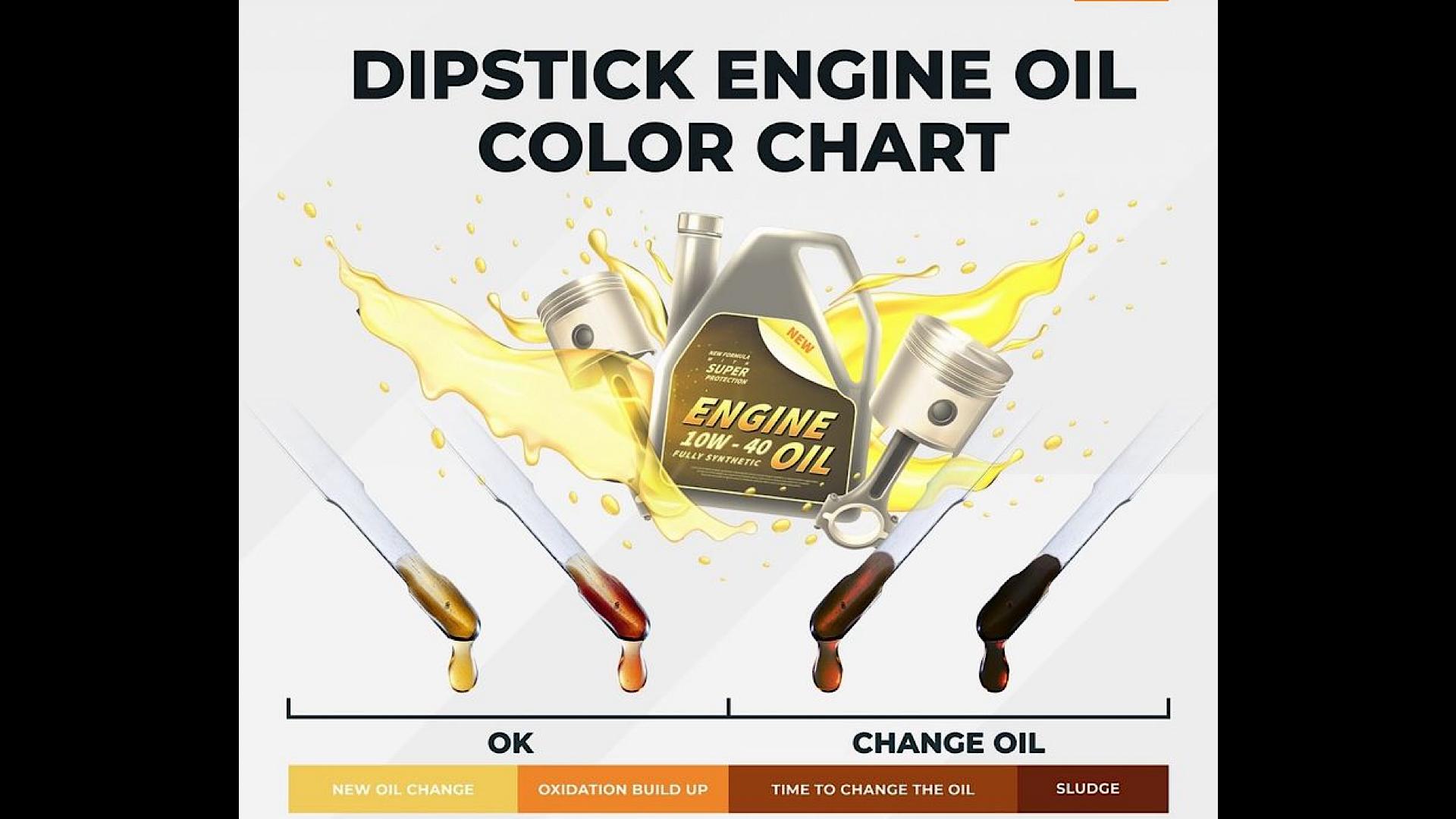
Manufacturer-recommended oil change intervals are not arbitrary suggestions but carefully calculated guidelines based on extensive testing and engineering knowledge. These intervals take into account factors such as engine design, typical usage patterns, and oil formulation. Adhering to these recommendations is crucial for maintaining optimal engine performance and longevity.
The Ford Ranger’s tragic fate illustrates the consequences of ignoring these guidelines. By exceeding the recommended interval by tens of thousands of miles, the owner essentially sentenced the engine to a premature death. This case underscores the importance of treating manufacturer recommendations not as mere suggestions, but as critical maintenance imperatives. Following these guidelines is a small investment that pays dividends in engine health and vehicle longevity.
The Dangers of DIY Engine Flushes: When Good Intentions Go Wrong
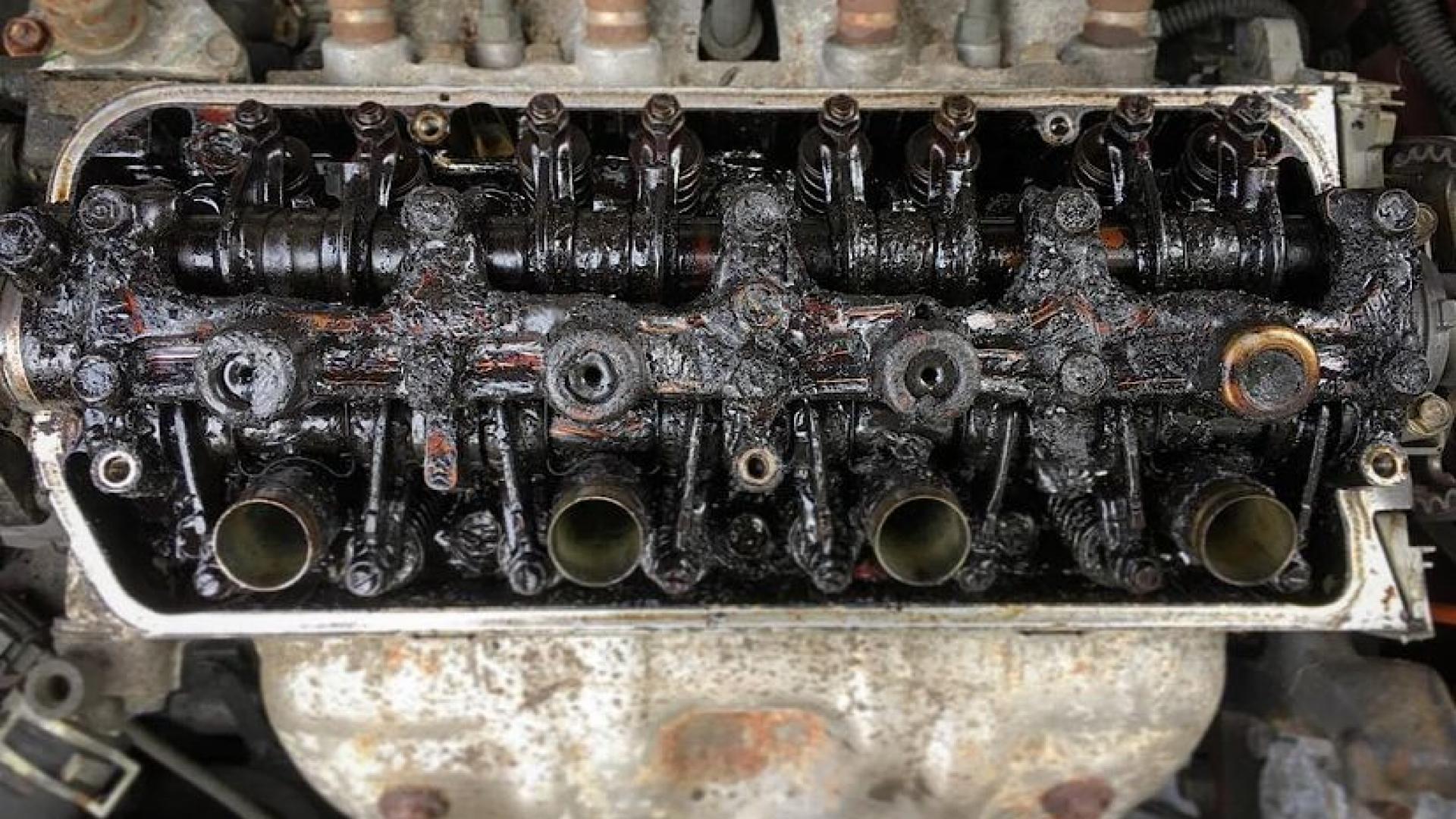
In the Ford Ranger case, Eric noted signs of a recent, aggressive engine flush – likely a last-ditch effort to remedy years of neglect. While the intention behind such actions may be good, DIY engine flushes can often do more harm than good, especially in severely neglected engines. The sudden dislodging of accumulated sludge and debris can overwhelm the engine’s filtration system and clog vital oil passages.
This well-intentioned but misguided attempt at remediation highlights a crucial point: addressing long-term neglect requires professional intervention. Aggressive flushing can damage seals, gaskets, and other sensitive components. In cases of severe neglect, gradual, controlled cleaning processes supervised by professionals are far safer and more effective than drastic DIY measures.
Viscosity Matters: Understanding the Lifeblood of Your Engine

Oil viscosity plays a pivotal role in engine health and performance. As Eric pointed out, viscosity is crucial for proper lubrication of engine parts. The right viscosity ensures that oil can reach all necessary components quickly on cold starts, while still providing adequate protection at high operating temperatures. Using the wrong viscosity can lead to increased wear, reduced efficiency, and potential engine damage.
Understanding viscosity ratings (like 5W-30) is key to proper engine care. The first number represents cold viscosity, while the second indicates hot viscosity. As engines age or operate in varying conditions, their oil requirements may change. Regularly consulting your vehicle’s manual and adjusting oil choice accordingly is not just good practice – it’s essential for maintaining your engine’s health and extending its lifespan.

